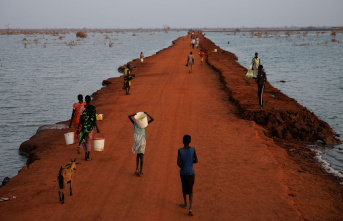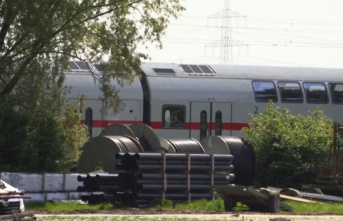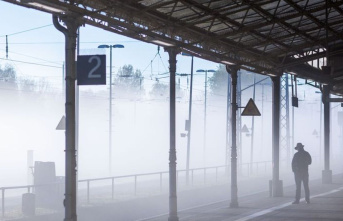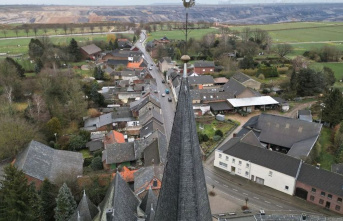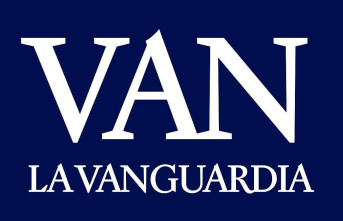Looking to the past with eyes for the future, Hannah Arendt recommended. This is what we have to do with part of Pasqual Maragall's political (and prophetic) legacy. Almost twenty years ago, Maragall launched an idea: to form a coalition of regional-based interests (understanding the region as it is done in Europe, that is, in the Bavarian style) which, clinging to the European spirit, allowed to dodge the embracing iron of the statist bear. The idea was ambitious: to delimit a new unexplored playing field. It was not a question of taking on the playing field of others to play their game, with their rules, but of shaping a new space like the potter's mud. This is how the Pyrenees-Mediterranean Euroregion emerged in 2004. The idea has to do with the desire of the 1990s to form the C-6 network of cities in the former Crown of Aragon. The geographer Martín i Uceda, in a paper for the Fundació Catalunya Europa, reminds us that President Pujol had also launched proposals for collaboration with French regions, although more from a political affinity than from a strategic point of view. .
Twenty years later, what’s left of that Euroregion, in addition to its own legal existence, let’s face it, is it weakened politically, economically and territorially? Would it be possible to revive the spirit of that idea in other clothes? In a recent book on the work of Maragall's government, Professor Joan Vicente was able to point out the spirit that survives: to seek the synthesis of options, not to live in exclusions, to accept a Hegelian logic of integration of shots and a will of overcoming dualisms (metropolitan / non-metropolitan spaces, urban / non-urban, related / unrelated colors). An integrative territorial-based policy that links with that which has spread to other parts of Spain: such as Galicia, where progress has also been made in the Euroregional idea. Without going any further, less than a year ago, on July 28, 2021, the then president of the Xunta, Alberto Núñez Feijóo, now the brand new leader of the Popular Party, recalled his commitment to a Euroregion Galicia-North of Portugal . The Xunta's website reads its statements verbatim: “It concluded by betting on a wider Euroregion, with the aggregation of business people and universities to its dynamics; more global, with the commitment to Lusophone as a vehicle for connection with the Community of Portuguese-speaking countries; more prominent, conveying the essential role of the regions in the Conference on the Future of Europe and more extensive ”. I hope that your Valencian co-religionists will read it, Mr. Núñez Feijóo. Also in the linguistic background.
However, twenty years are not in vain. The Pyrenees-Mediterranean Euroregion needs to be reinvented. In 2003, Maragall launched a bold idea: territories in search of processes. Today the situation is reversed: it is the processes that are looking for territories. The change is substantial. When the then PSC candidate proposed the constitution of the Euroregion, he did so under the prism of building an instrument of territorial, political and economic action that would improve the chances of insertion of Catalonia and the other associated territories in the productive dynamics of Europe. There was a lot of willpower in this: territories exploring a concerted action to create new economic, urban, mobility contexts ... Today the situation is reversed. We are witnessing the daily formation of new realities and it is as if they are looking for the territories where they fit best. Today, this Euroregion 2.0 should not be so much a proactive and proactive instrument as a reactive and remote-controlled strategic response, paying more attention than ever to the signs of the times: large new industrial investments, unprecedented productive actions in response to the supply crisis and the strategic production of components, new forms of urban tourism of international scope, more awareness of the need for energy security with resources capable of providing the rest of Europe, determined policies of sustainable urban and metropolitan mobility, boosting food production , new logistical and port protagonists, long-range inter-European projects such as the Mediterranean corridor (a new Via Augusta) ... These are processes in search of territories: we must return to Pirandello.
Twenty years later, the idea of a Euroregional rethinking has strong foundations that were weak in 2003. First of all, the process of European economic integration is much more mature today: let’s not forget that Maragall’s proposal coincided with the birth of a euro that is now fully accepted. Secondly, there is a greater awareness of the problems associated with climate change, which favors addressing its consequences jointly and cooperatively. And thirdly, there are strong European economic funds to launch coordinated proposals for network vision actions. The European budgets associated with the trans-European transport network mobilize 33.7 billion euros for the period 2021-2027, without forgetting the Next Generation initiative and the Recovery and Resilience Mechanism.
It is necessary to recognize this impulse of Maragall and to reorient it, with more flexibility, providing well-being to the partners, with actions with concrete repercussions in the daily life of its inhabitants, in the improvement of public policies and in more efficiency of the managed resources. on issues such as mobility, transport, logistics, infrastructure, the business and productive fabric, exports, climate change, food and energy security, strong sectoral alliances instead of betting based on generic agreements . This redesign must be associated with the process of "regionalized globalization" that has emerged as a result of the pandemic, the response to geopolitical risk, and the reorganization of supply chains. And there is no doubt that metropolitan areas need to play a key role, demanding more prominence.
4



